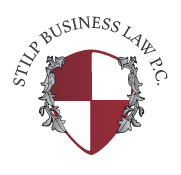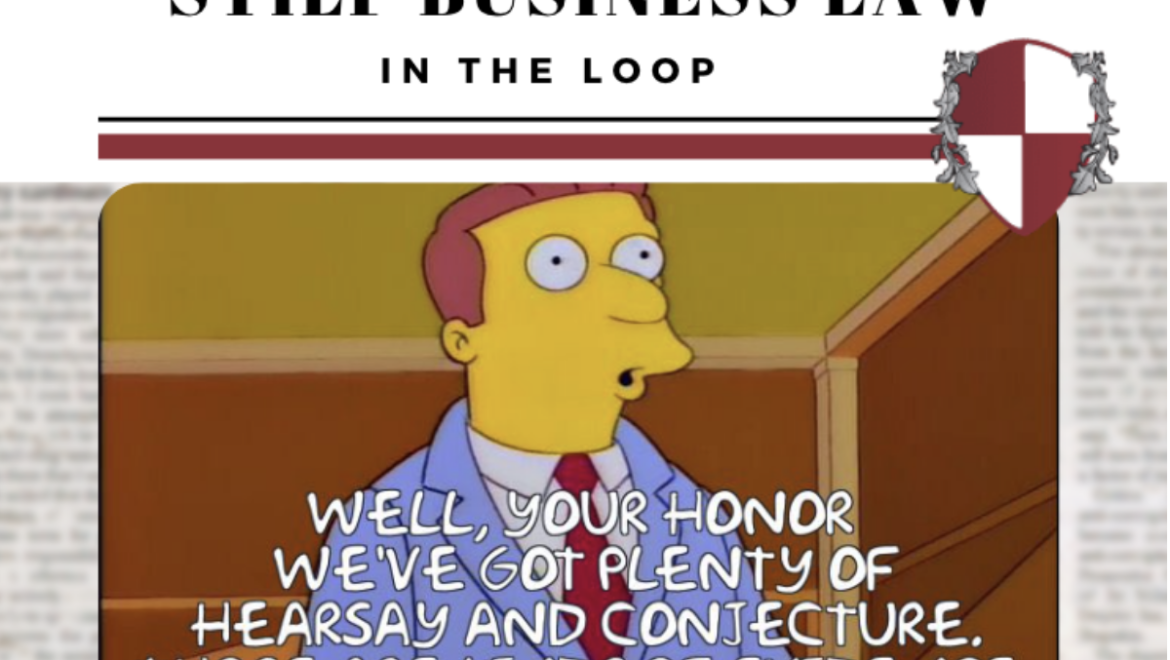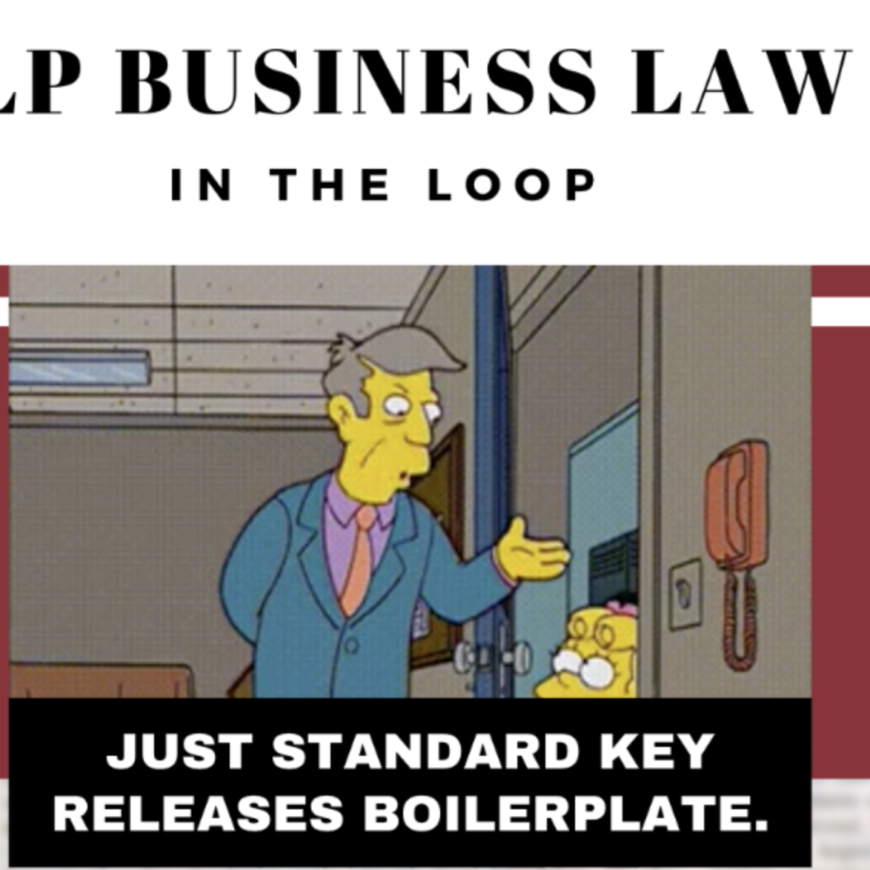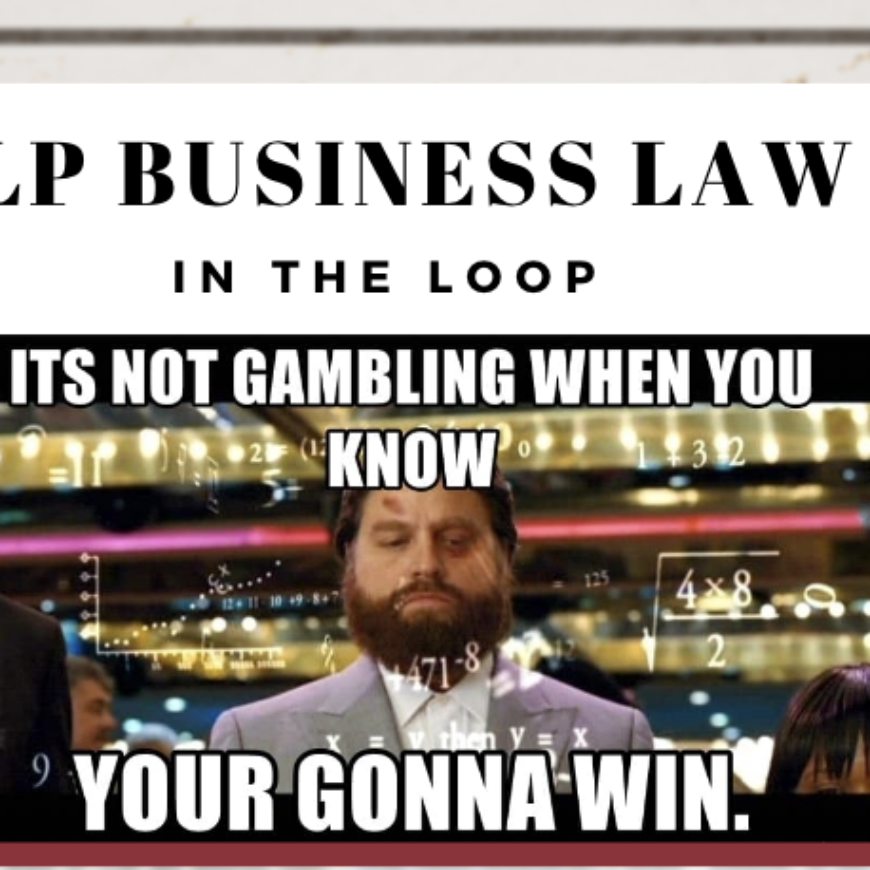With all the recent trials reported in the papers, the “hearsay” rule comes up often. What is the rule and why do we care?
The hearsay rule is someone “saying” what they “heard” elsewhere (technically, it is an out-of-court statement offered to prove the truth of the matter asserted). In other words, Person A is in court, and testifies what they heard Person B say. What’s the problem?
Well, Person B is not in court. Person B is not subject to cross examination. What Person B said through the intermediary of Person A, the only one in court, may have reliability issues and be untrustworthy. The basis for the hearsay objection is that the “real” witness is not in court.
Yet, hearsay is admitted into evidence under various exceptions to the rule. A common exception, which we will discuss here, is the “excited utterance” exception to the hearsay rule. An example will help explain how the exception works.
Suppose two people, Person A and Person B, are standing on a street corner. Person A is looking one way. Person B is looking the other way. Suddenly, there is a big crash, and Person A yells out, “Oh, my gosh – that truck just ran the red light!”

A police report identifies Person A and Person B as potential witnesses. The car driver who was hit by the truck files a lawsuit. But when the personal injury case comes to trial, Person A cannot be found. Does that mean the critical evidence of what Person A saw cannot be used? Not necessarily.
Yes, Person A’s statement is hearsay. Under the “excited utterance” exception to the hearsay rule, however, Person B can testify to what was said by Person A. The basis for the exception is that the emotional stress of the event is thought to suspend the process of reflective thought necessary for conscious fabrication such that the statement by Person A is more reliable.
Whether Person B correctly heard the statement is not a problem because Person B is in court and subject to cross-examination. A court may admit the statement by Person A, as told by Person B, into evidence rather than exclude it, with the ruling that the hearsay nature of the statement goes to its “weight” the jury should give it, rather than its admissibility.
Having conducted over 150 trials, knowing the ins-and-outs of the rules of evidence is necessary to effectively win cases.



